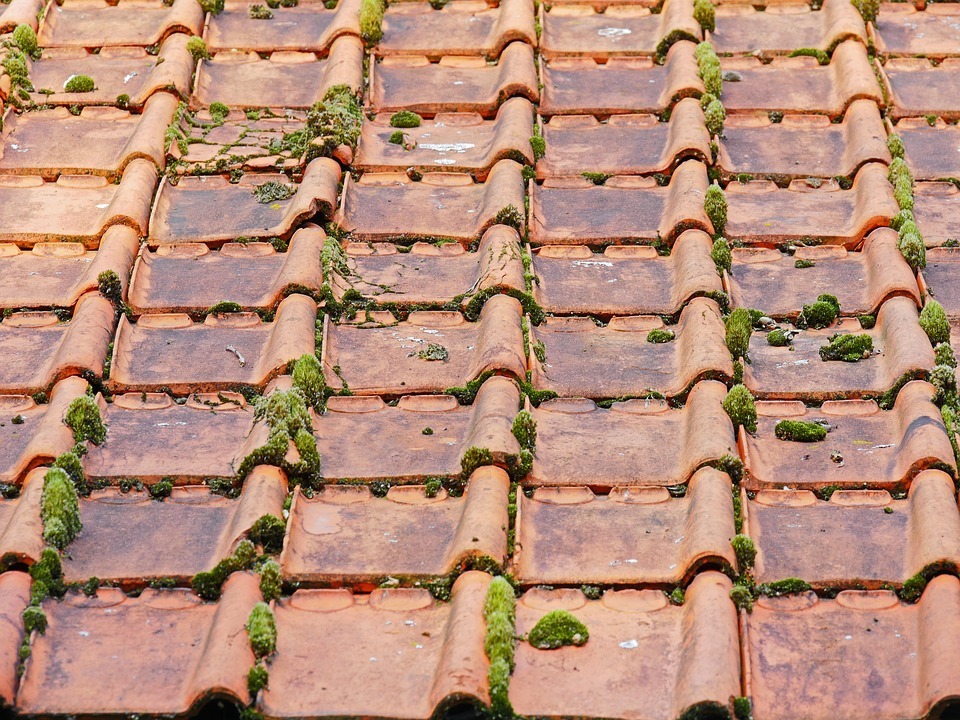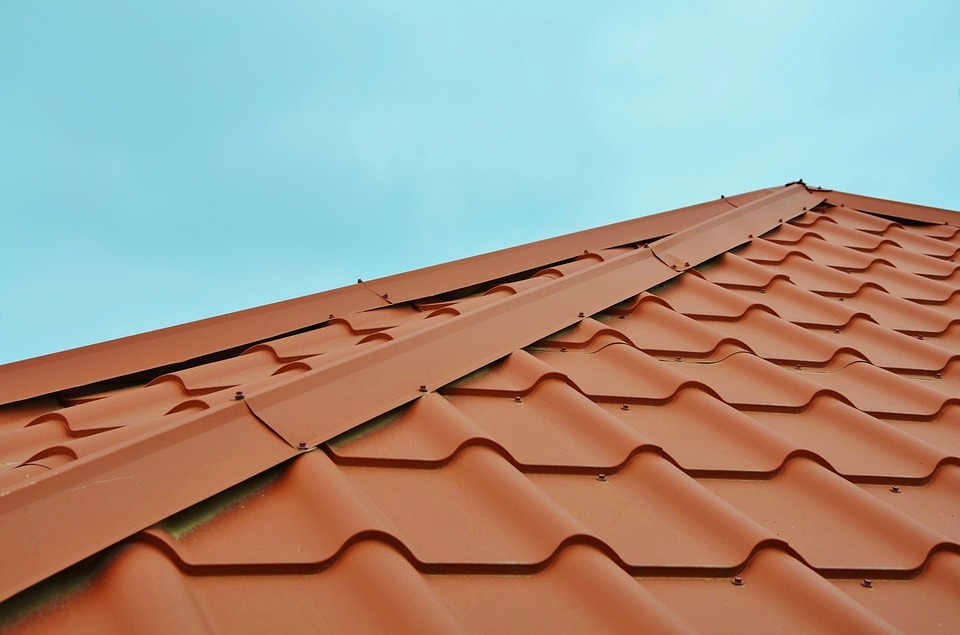Homeownership is often seen as a major accomplishment. For many people, the idea of owning a home gives them a feeling of stability, independence, and success. It gives people a place they can call their own and the chance to make their own space. Also, owning a home gives you a sense of community and belongingness because homeowners care about their neighborhoods and take pride in their homes. It’s a place for personal growth and a chance to make memories and share experiences with loved ones.
Moreover, owning your own house is a huge responsibility. With the sense of independence and peace of mind that comes with buying your own house, also comes a ton of maintenance responsibilities and hefty fees to keep your home in tiptop shape. Most homeowners do well when it comes to the issues that they can see with their own eyes like a leaking pipe or defective heating.
However, many fail to upkeep precautionary maintenance like occasionally inspecting their roof to make sure it’s in perfect condition. Given the associated risk of a faulty roof, this should be on top of your regular inspections list. If you’re not sure whether it’s time to replace your roof or not, here are some signs that can help you make this decision.
You Experience Leakage Every Time It Rains
The purpose of a roof is to keep the rain, wind, and snow out of your house and everything inside it. But roofs can get damaged over time, which can cause leaks. Hence, if your roof has missing or broken shingles, water can penetrate and damage the structure below. Also, water can overflow and leak through your roof if your gutters are clogged or broken.
You’d be surprised how common it is for homeowners to dismiss roof leakage as if it’s no big deal. They think that placing a bucket to hold the water is a good enough solution. However, all they’re doing is allowing what might be a small and fixable issue to fester into a huge catastrophe. If you’ve been experiencing the same where your roof is leaking from different spots whenever it rains, it’s probably time to get your entire roof replaced. It might be that your roofing was poorly installed from the very beginning or that its lifetime is up, and it needs replacement. Check to make sure there are no leaf guard problems causing the issue.
If you don’t address this roof damage, it can get worse over time and cause water leakage that is more frequent and severe. Furthermore, this can cause damage to your home’s walls, ceilings, and floors, and it can also cause mold and mildew to grow.
Your Roof is Covered in Moss

If your roof is covered with moss, you should act quickly to fix the problem. Moisture is one of the main reasons why moss grows on roofs. If your roof is shaded or often wet from rain, dew, or snow, it can create the perfect environment for moss to grow. Also, leaves and twigs can pile up on the roof, making it easier for moss to grow. Over time, this can damage the shingles and even the structure underneath.
While moss growth has to do more with humidity and the weather conditions where you live, in the long run it may cause cracks between your roof tiles and leave it permanently damaged. There’s a common misconception that a moss or mold issue only looks bad but’ it’s not true brushing them off is not enough to avoid the looming crisis. If you’re unsure how bad is your moss condition, you can contact a roofing expert to give you advice on how to proceed. Most experts will prefer the safer route which is roof replacement. When you think about it, it’s probably the best choice if you want to avoid wasting your time and money on temporary solutions that don’t address the root cause of your roof damage.
To keep moss from growing on your roof, you should take care of any moisture problems and keep your roof clean and well-maintained. By taking these preventive steps and fixing any problems immediately, you can help keep your roof in good shape and stop moss growth from becoming a major problem.
Your Roof Tiles Are Falling Off
If you have broken roof tiles or tiles that are falling off, you should act quickly to stop more damage and possible safety hazards. The first step is to carefully check the roof to see how bad the damage is and figure out what’s causing it. This may be due to a variety of factors, such as damage from the wind, age, or bad installation. Once you know what’s wrong, replace any missing or broken tiles as soon as possible to protect your home from these elements and prevent further damage.
Loose roof tiles are more than just a nuisance, it’s a clear sign that you need to go up there and attend to the problem at hand before the roof comes crashing down. Unless you check every single tile on your roof, there’s no guarantee that replacing the loose ones will be enough. Roof collapsing is very unexpected and the best way to deal with this problem is to invest in replacing your entire roof. The saying “better safe than sorry” can’t be more appropriate in such situations. Your family’s safety is definitely worth the hassle and money that this project will entail.
Also, if your roof tiles are falling off, it could mean that your roof needs a more thorough inspection. Consider calling a professional roofing contractor to look at your roof and advise on whether to fix or replace it. They can provide a complete damage assessment and suggest several ways to fix the problem.
You Find Debris In The Gutters
If you find debris of decaying roof tiles in your gutters, this means that your roof is falling apart, and it’s time to take action. The protective material on your tiles usually comes off from extreme weather conditions and regular wear and tear, so you need to constantly inspect your gutters if you suspect there’s a problem with your roof tiles.
The first step is to clean the debris out of the gutters; you can do this yourself with a ladder and gloves or hire a professional to do it for you. While cleaning the gutters, it’s important to look for signs of damage, such as cracks or leaks. Taking care of these problems early on can help keep them from getting worse in the future.
In addition, you can install gutter guards to keep leaves and other debris from clogging up your gutters. These mesh or wire screens fit over the gutters and let water flow through while blocking leaves and other debris. If there are trees near your home, trimming them can reduce the amount of junk that falls into the gutters. It’s important to clean and maintain your gutters regularly to prevent clogs and ensure they work well. If the problem of debris persists, you’ll have to resort to roof replacement.
If Your Roof is More Than 20 Years Old
Most roofs last between 20 and 25 years; however, they may have cracks, leaks, or missing tiles. Even if the roof is less than 20 years old, these issues can indicate that it needs to be replaced. Also, older roofs may not be as energy-efficient as newer ones, leading to higher energy bills; putting on a new roof can improve your home’s energy efficiency and save money in the long run.
Even if you don’t see any pressing issues with your roof, if it’s more than 20 years old, you should seriously think about roof replacement sooner than later. Like anything your roof will deteriorate over time, so it’s smart to take action on your own terms before you’re forced into it. This way you can draw up your own budget, choose between different contractors and make the necessary accommodation arrangements for your family.
Furthermore, a new roof can also raise the resale value of your home by a lot, making it a good choice if you’re planning to sell in the near future. Lastly, if your roof is over 20 years old, it might not meet current building codes, which could be a safety hazard. By replacing your roof, you can ensure that your home is up to code and meets all the current safety regulations. Make sure to talk to a professional roofing contractor about the condition of your roof and what they think should be done to fix or replace it.
Light is Coming in Through Your Roof
Unless you have a skylight installed, light shouldn’t be coming in through your roof. A cracked roof will first let in light, and before you know it, water will find its way into your house. This can get into a house through cracks, holes, or missing shingles, which can be a sign of water damage. This is a serious problem that needs to be fixed promptly to prevent further damage to your home’s structure and possible mold growth. If you ignore this problem, it could lead to water leaks, which can damage your home’s interior and cost a lot to fix.
According to experts, you should inspect your roof for cracks during sunset as this will give you a better chance to assess the situation and the extent of your roof damage. To fix the problem, you should hire a professional roofer to look at the damage and suggest the best way to fix it. Depending on how bad the damage is, they may suggest making repairs or getting a whole new roof.
Although roof replacement is a daunting job, sometimes it could save your home from collapsing altogether. Regular inspection and scheduled maintenance will make it easier for you to spot any issues early enough to deal with them. Read the above tips thoroughly and to help you assess the situation and act accordingly before it’s too late.

